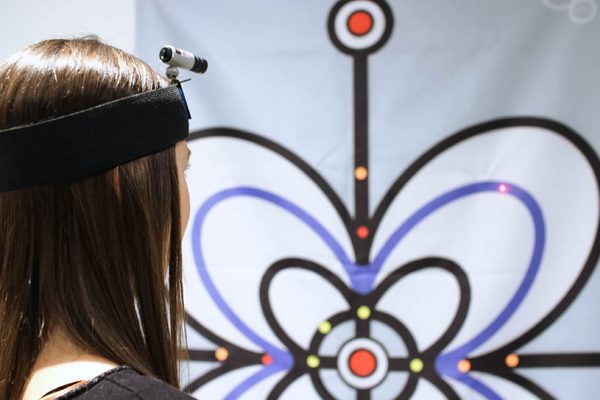Opening Hours : Saturday to Tuesday - 8am to 10pm
-
info@alekhyaentcare.in -
Call Now
+91 81254 71974
VERTIGO OR DIZZINESS
Over 6 Crore Indians Suffer Vertigo Are you one of them?
Are You Suffering From :
- Dizziness
- Trouble in Balancing
- Spinning
- From Fear of Falling
- Recurrent Falls
- Headaches With Imbalance
- Difficulty in Focussing During Head Movement

You could be at risk of more than 50 disorders
VIDEONYSTAGMOGRAPHY (VNG)
NeuroEquilibriumn Videonystagmography (VNG) is the most accurate, non-invasive, reliable and affordable system for evaluating the eye movement during vestibular and oculomotor tests. It evaluates peripheral and central vestibular functions through the following protocols:
- Spontaneous nystagmus with and without optic fixation
- Gaze evoked nystagmus
- Saccades – Random Target Movement
- Smooth tracking — with varying frequencies
- Optokinetic test
- Caloric test Positional testing, including Dix-Hallpike test. McClure’s test, Supine & deep head hanging
- Head shaking test
- Valsalva, hyperventilation & vibration-induced nystagmus
- Skew deviation
CRANIOCORPOGRAPHY (CCG)
CCG is a neuro-otological investigation to evaluate vestibulospinal reflex, which is responsible for maintenance Of balance during gait testing. The protocols evaluated include:
- Romberg test
- Tandem walking
- Unterberger’s / Fukuda test
WATER CALORIC IRRIGATOR
Water Caloric Irrigator is used with VNG for caloric testing and provides water at specified flow and fixed temperatures.
SUBJECTIVE VISUAL VERTICAL (SVV)
evaluates the Otolith system. Which is responsible for perception of verticality. Static and Dynamic SW are important to:
- Assess otolithic disorders
- Assess chronic dizziness
- Differentiate peripheral from central vestibular
- Decide side of peripheral vestibular insult during the acute stage
- Diagnose compensated vestibular disorders
- Assess effect Of rehabilitation in vertigo patients
COMPUTERIZED DYNAMIC VISUAL ACUITY
DVA assesses the ability Of the subject to maintain the image on the fovea of the retina. This function is carried out by the Vestibulo-Ocular
Reflex (VOR). Defective VOR results in slippage of image
from the fovea resulting in blurring Of vision and oscillopsia; this is detected by OVA. It is used for:
- Earty detection Of vestibulotoxicity
- Detection Of bilateral peripheral vestibulopathy
- Rehabilitation tool
- Assessing outcome Of rehabilitation
